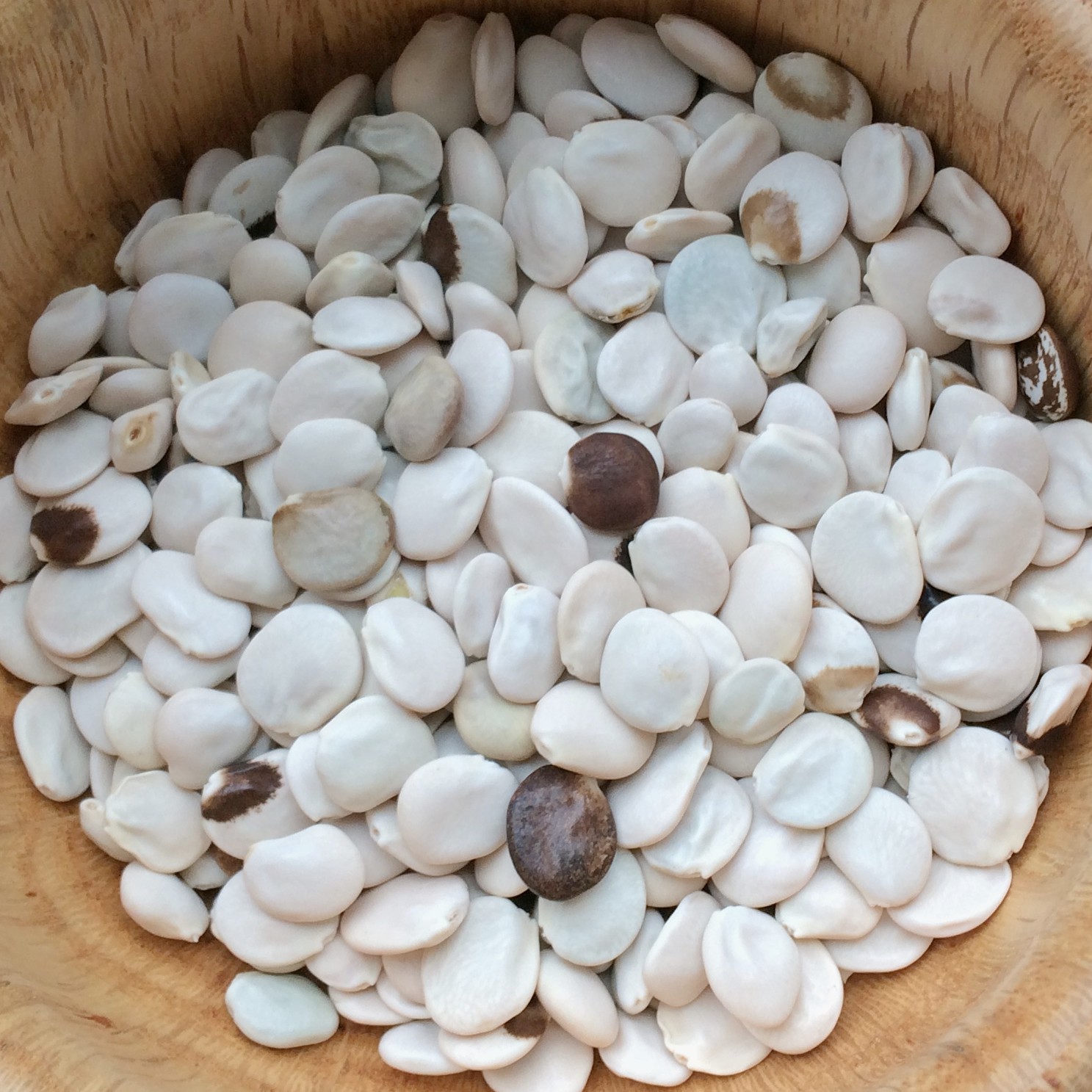No products in the cart.
| This product is not currently available. This catalog page is for reference only. |
Tarwi (Lupinus mutabilis) is an edible lupin bean, native to South America. It is grown throughout the Andes, from Venezuela to Argentina, but like many of the traditional Andean crops, its use declined following the Spanish conquest. Tarwi was replaced in most areas by the European broad bean (Vicia faba), which tolerates similar climates but doesn’t require processing to render it edible. Tarwi is a crop with long lists of both advantages and disadvantages. Among the advantages are its tolerance of cool summer temperatures, drought tolerance, a nutritional composition that includes both 40% protein and 20% oil content, high resistance to pests, plants that are a worthy ornamental with large number of attractive flowers, ability to grow in marginal soils, and nitrogen fixation. The last makes it suitable as a cover crop in addition to a food crop.
The disadvantages? Tarwi seeds contain high concentrations of alkaloids and they must be soaked for at least 48 hours, sometimes in multiple changes of water, to eliminate the bitter alkaloids. (Sometimes, when I mention this, people react like it would be crazy to grow this plant, but it really isn’t a big deal to soak a couple handfuls of seeds in a bowl of water for a few days. Regular dry beans often need to be soaked overnight.) The plants require a long growing season, with a minimum of about six months to harvest, but more like nine months to obtain good yields. The plants are indeterminate, flowering and setting seed over a period of months, so they need regular attention to harvest the pods as they mature. This limits productive cultivation in North America to the same sorts of climates as the Andean tuber crops: the Pacific Northwest, coastal California, and probably parts of the Appalachians. The plants can tolerate light frosts, but a hard frost will generally kill the whole stand.
Our seeds are a breeding mix, with contributions from 37 different varieties and landraces from Argentina, Bolivia, Ecuador, and Peru. You will get plants of many different heights and flower colors with different levels of drought resistance, pest resistance, frost resistance, and many other variations in traits. Save seeds from the plants that perform best in your climate and eat the rest. After a few years of this, you will have your own unique blend of Tarwi that is suited for your growing conditions.
| Availability |
|---|
Only logged in customers who have purchased this product may leave a review.


Reviews
There are no reviews yet.